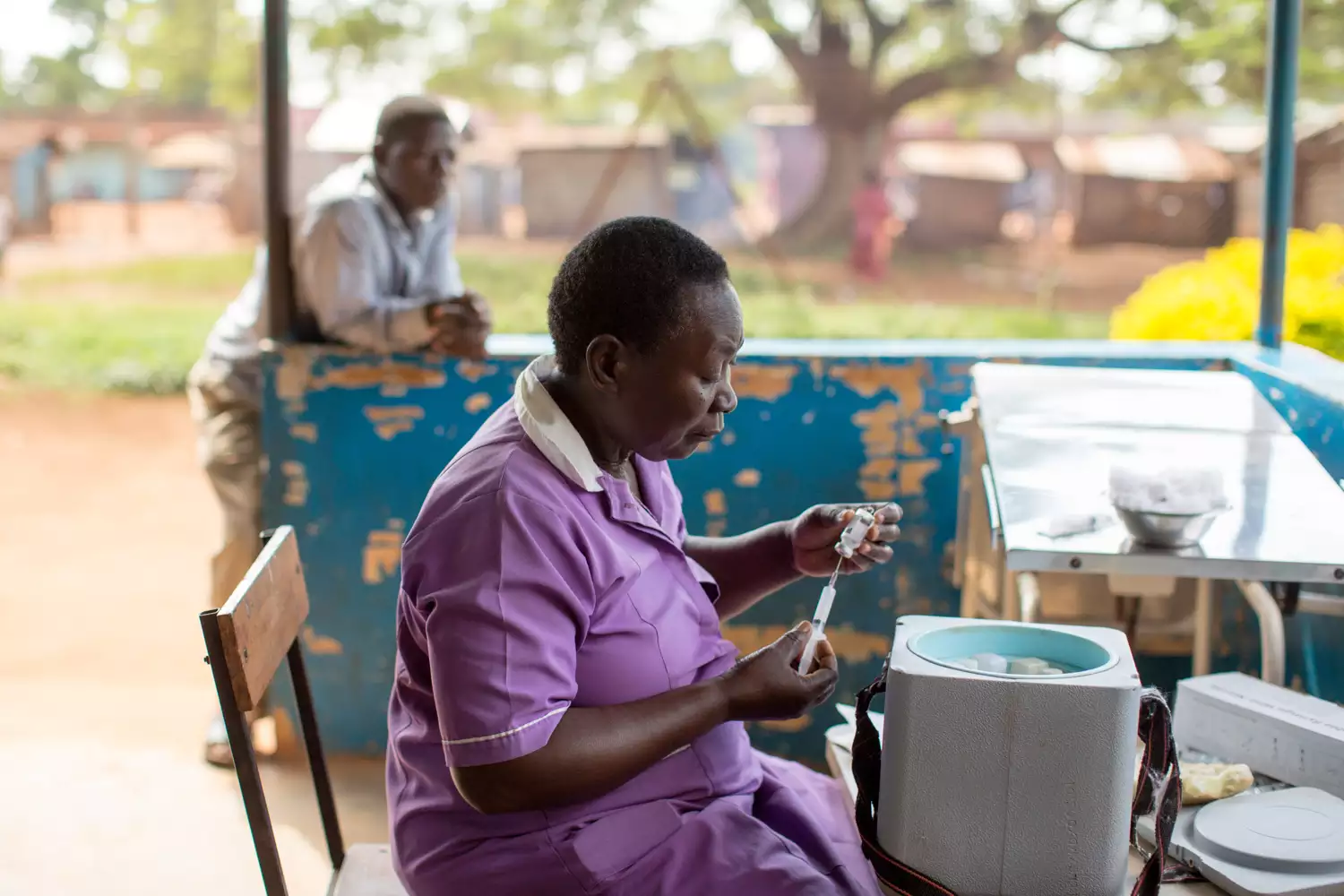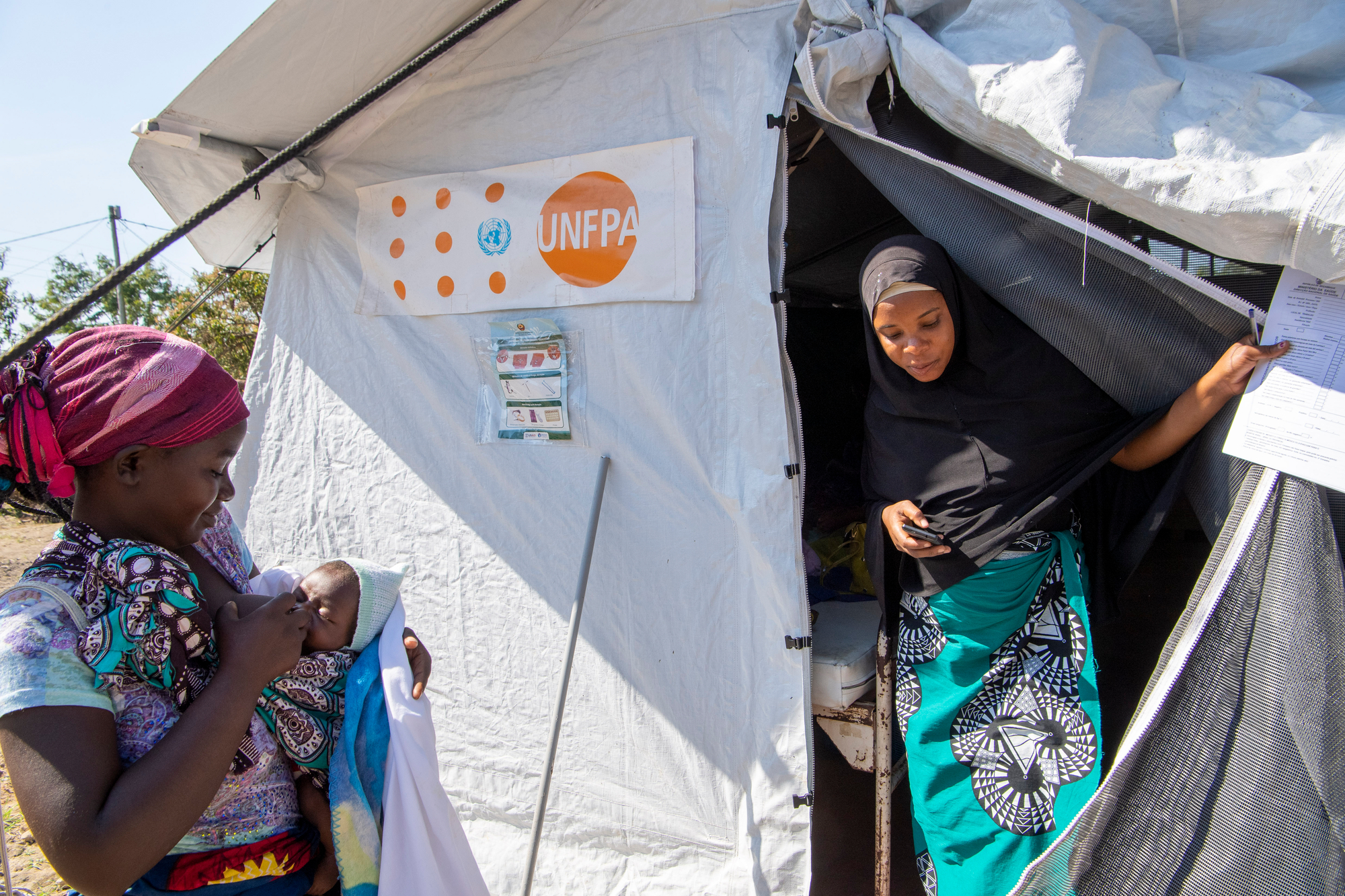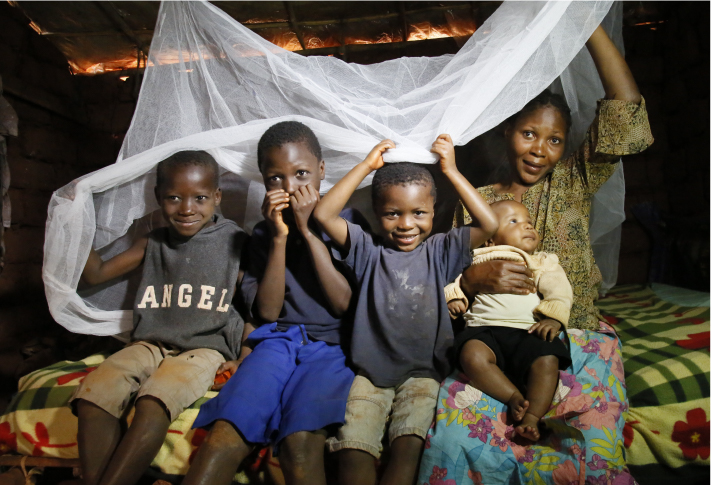For decades, the United Nations has been actively involved in promoting and protecting health worldwide. With a visible presence in more than 190 countries, key UN agencies including the UN Children’s Fund (UNICEF), UN Population Fund (UNFPA), and World Health Organization (WHO) have the reach to deliver assistance in every corner of the globe. The UN works closely with non-governmental organizations (NGOs), faith-based organizations, and governments to ensure healthy lives and promote well-being at all ages, helping to achieve many U.S. foreign policy and development objectives.
The extraordinary impact of the convergence of COVID-19, related economic shocks exacerbated by the war in Ukraine, and multiple complex crises around the world has driven global health needs higher than ever. Below are several major areas where the U.S. and UN are working together to promote better health around the world.



